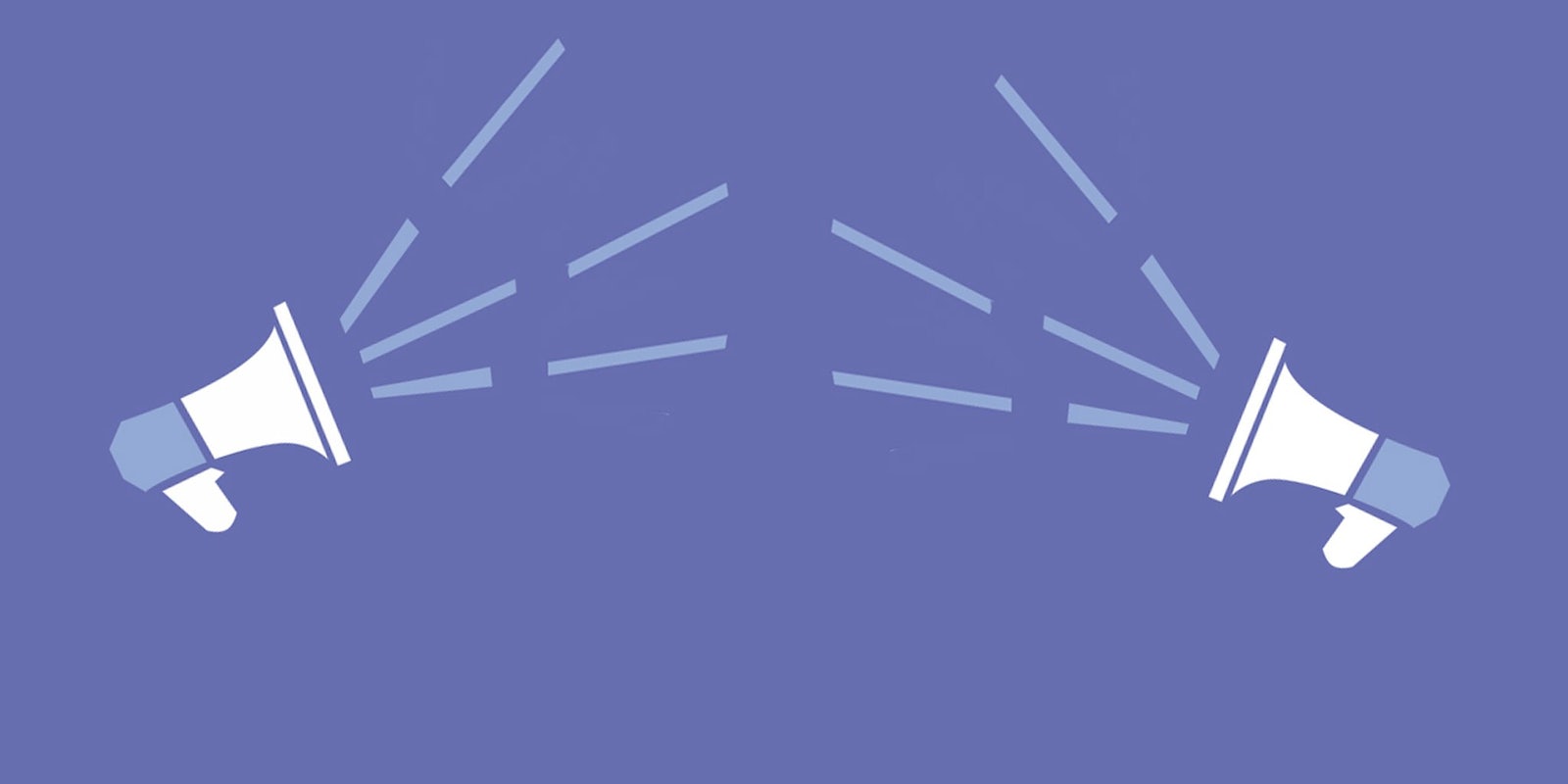After years of debate over whether the site should include a Dislike button, Facebook announced this week they would begin rolling out five new Reactions to go alongside their famous thumbs-up Like button.
Meant to combat the limitations presented by the Like button, the options—which include haha, love, anger, wow, and sad—will also provide new ways for Facebook to measure and monitor how its users interact and respond to content presented by its News Feed. The emoji-esque options have already been released in several global test markets and will see mass release in the U.S. and elsewhere in the coming weeks.
The Like button is one of the most seminal symbols of Facebook as a company and as a user experience. As Facebook has grown in ubiquity, amassing well over a billion users, so has the scope of the content presented there. One might be fine liking a set of engagement photos or a news story about a giraffe that looks like David Bowie, but the button becomes clunky and awkward when the topic of conversation is, say, a divorce or a mass shooting—or the death of David Bowie. By presenting these options, Facebook is hoping to clear up such confusions.
What Reactions will likely do, however, is continue to pigeonhole our communications into preset selections, all for the purpose of easier analysis for the betterment of Facebook’s algorithm. By enlisting users to select one of six buttons, instead of encouraging them to use their words, Facebook is supporting a limitation on the ability of its users to interact.
What Reactions will likely do, however, is continue to pigeonhole our communications into preset selections, all for the purpose of easier analysis for the betterment of Facebook’s algorithm.
To be sure, comment sections aren’t going anywhere, but in the same way the Like changes friendly emotional support into a monetized wave of the hand, Reactions stand to funnel the entire range of human emotion into six similar finite containers.
The Like button is more than the most minimal gesture of goodwill. Liking something on Facebook is akin to shopping for something on Amazon, liking a song on Pandora or giving a positive rating on Netflix—it directly alters what the site decides to show you by revealing your preferences and allows that information to reflect on what your friends will see. Liking a page about kayak gear followed by a geotagged album of someone’s adventure down the Snake River will likely result in you seeing more stories and posts about kayaking and adventure sports in general.
Because of this, a Facebook “like” is a hotly sought-after commodity for sites hungry for traffic—and one that is easily abused.
When Wired’s Mat Honan began liking everything that came down his digital pipe, he quickly found Facebook turned into an unbearable wasteland of clickbait and advertising. When designer Elan Morgan did the exact opposite—foregoing the Like button altogether—Facebook became a more humane, conversational place to be.
“It’s like all the shouty attention-getters were ushered out of the room as soon as I stopped incidentally asking for those kinds of updates by using the Like function,” Morgan wrote. One of the reasons Morgan saw such a difference is commenting–using actual words to convey emotions, good or bad–became his only recourse.
The cure for the awkwardness of “liking” bad news is not to enable people to express their grief or outrage in another button. Instead, users would actually benefit from not even having the Like button. As Morgan found, the user experience of someone on Facebook is greatly improved the more they express their individuality through words, not the emotions Facebook has selected for them.
A Facebook “like” is a hotly sought-after commodity for sites hungry for traffic—and one that is easily abused.
Emojis already do this to an extent, but even they can reveal seemingly unlimited possibilities. According to the Unicode Consortium, the organization that created and maintains the international standard for Unicode scripts including emojis, there are 845 emojis available to any user. People have written emoji Bibles and translated Shakespeare into emoji. In 2015, the committee that manages the Oxford English Dictionary announced the crying-with-laughter emoji would be the Word of the Year.
Even then, the cartoon pictograms have had to expand to include the full range of human experience and existence. Reactions, which look all too much like emoji, open Facebook to the same need to constantly update to fit the needs of a growing and diverse society.
One can imagine the complaints yet to come. How about a sarcasm Reaction? A nostalgia button? Why can I only rank my anger on a single level? Can’t I express my anger on a 1-to-10 scale? Am I supposed to express the same level of sadness about a lost cat that I am about the spread of the Zika virus? Speaking of which—where’s my Fear button?
All of these are questions for Facebook’s future, and the answer isn’t adding more buttons. In fact, I would propose that, if Facebook actually cares about the experience of its users, it abandon the idea of buttons altogether. Encouraging people to use their words to express emotions not only makes for a more enjoyable time on Facebook—it fosters the human relation many digital communications have come to replace.
Facebook will never do this, of course, because its analysis of your online relations—both with people and content—is what fuels the engine that allows it to sell data and targeted ads to marketers. Reactions is not a heroic response to a longstanding design problem. Like everything Facebook does, Reactions are simply a new way to measure you and sell the findings.
Gillian Branstetter is a social commentator with a focus on the intersection of technology, security, and politics. Her work has appeared in the Washington Post, Business Insider, Salon, the Week, and xoJane. She attended Pennsylvania State University. Follow her on Twitter @GillBranstetter.
Image via Joe The Goat Farmer / Flickr (CC BY 2.0) | Remix by Fernando Alfonso III


